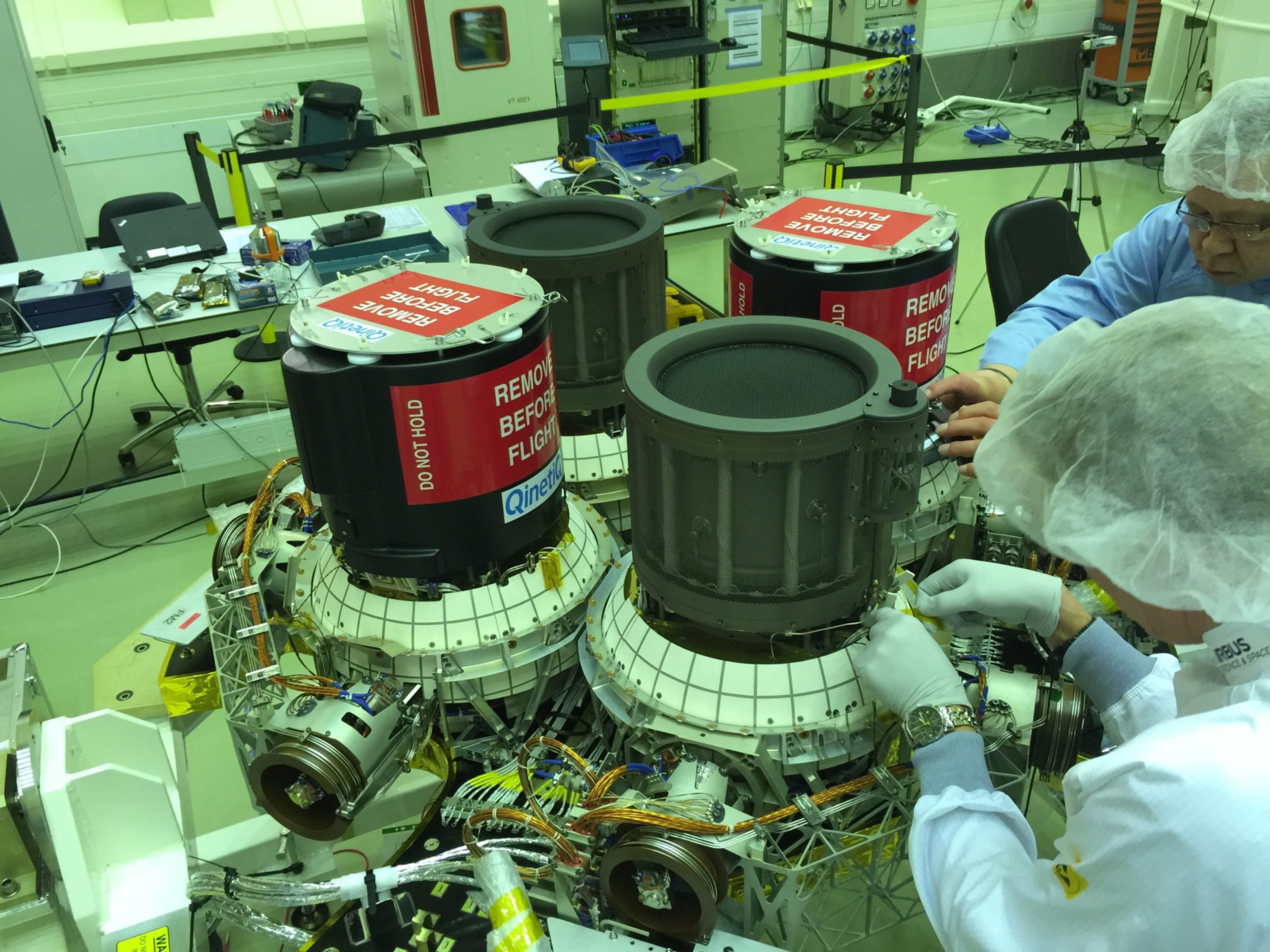Planetary Radio • Sep 19, 2018
Return to Fiery Mercury With BepiColombo
On This Episode

Elsa Montagnon
Spacecraft operations manager for BepiColombo mission

Bill Nye
Chief Executive Officer for The Planetary Society

Bruce Betts
Chief Scientist / LightSail Program Manager for The Planetary Society

Mat Kaplan
Senior Communications Adviser and former Host of Planetary Radio for The Planetary Society
Elsa Montagnon is Spacecraft Operations Manager for the European/Japanese mission leaving for our solar system’s innermost planet very soon. She joins us to talk about the long journey ahead. Elsa also has the cover article in the brand new edition of The Planetary Report, the Planetary Society’s once exclusive magazine that is now available to everyone online, according to its editor, Emily Lakdawalla. Planetary Society CEO Bill Nye is happy for a very happy Elon Musk. The leader of SpaceX just introduced his paying customer for a trip around the moon in 2023. All this, and What’s Up!

- Voyage to Mercury-The BepiColombo Mission Prepares for Launch
- Mercury2018: From MESSENGER to BepiColombo and beyond
- Online Edition of The Planetary Report
- First Private Passenger on SpaceX Lunar BFR Mission
- Elon Musk of SpaceX on a 2009 Episode of Planetary Radio
This Week’s Prizes:
A svelte Planetary Radio t-shirt from the Planetary Society Chop Shop store, a 200-point iTelescope.net astronomy account, and a code for the free download of Distant Suns (+VR) (iOS devices only).
This week's question:
What is the tallest mountain on Ceres?
To submit your answer:
Complete the contest entry form at http://planetary.org/radiocontest or write to us at [email protected] no later than Wednesday, September 26th at 8am Pacific Time. Be sure to include your name and mailing address.
Last week's question:
Time again to play Where in the Solar System? Where in the solar system is a crater named Math? (Sadly, unrelated to Mathew Kaplan.)
Answer:
The answer will be revealed next week.
Question from the September 5 space trivia contest:
What is the diameter of the Voyager 1 and 2 high-gain antennas?
Answer:
The diameter of the Voyager 1 and 2 antennas is 3.66 meters or 12 feet.


 Explore Worlds
Explore Worlds Find Life
Find Life Defend Earth
Defend Earth





